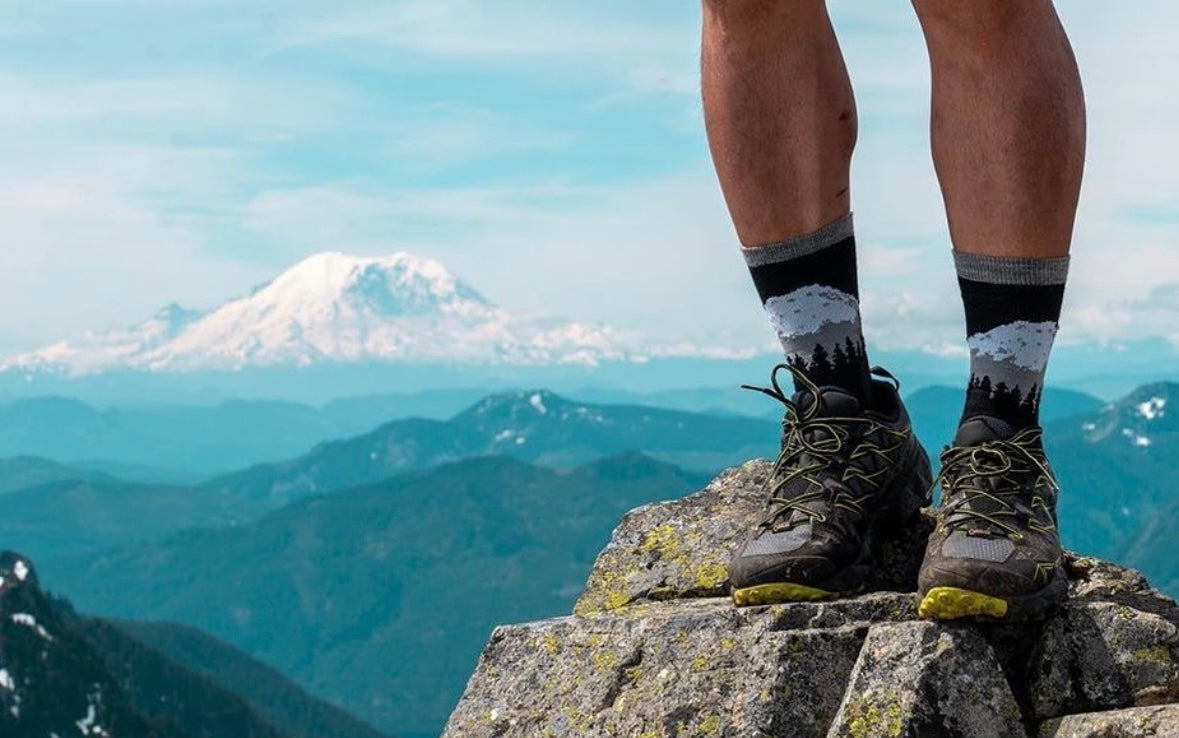Hiking in Washington State is a fantastic way to experience the diverse landscapes of the Pacific Northwest. However, with its varying terrains, weather patterns, and ecosystems, it's important to prioritize safety while exploring the state's hiking trails. Here are some essential safety tips for hikers in Washington.
- Plan Ahead: Before you hit the trail, do your homework. Research the trail you plan to hike, including its length, difficulty, and elevation gain. Check for any trail closures, permit requirements, or alerts. Familiarize yourself with the area and the expected weather conditions.
- Share Your Plans: Inform someone you trust about your hiking plans. Share your intended route, estimated return time, and any emergency contacts. In case something goes wrong, having someone aware of your whereabouts can be a lifesaver.
- Hiking with a Buddy: Whenever possible, hike with a companion. There's safety in numbers, and a hiking partner can provide assistance in case of an emergency. If you're hiking alone, make sure someone knows your plans.
- Carry Essentials: Prepare a small backpack with essential items. These may include a map, compass or GPS, a first aid kit, a multi-tool, a headlamp or flashlight with extra batteries, and extra food and water. In Washington, weather can change rapidly, so pack clothing layers suitable for various conditions.
- Stay Informed: Check the weather forecast before you head out, and be aware of any changes in weather while you're on the trail. Sudden rain or snow can make trails slippery and dangerous.
- Wildlife Awareness: Washington State is home to various wildlife, including bears and cougars. Familiarize yourself with the behavior of local wildlife and carry bear spray if you're in areas where these animals are known to roam.
- Stay on the Trail: Stick to marked trails to minimize your impact on the environment and avoid getting lost. Off-trail hiking can damage fragile ecosystems and is generally discouraged.
- Water Safety: If your hike includes river crossings, be cautious. Always test the depth and current before attempting a crossing. Use trekking poles for stability, and consider wearing waterproof boots to keep your feet dry.
- Emergency Communication: In remote areas, cell phone reception can be limited. Consider carrying a personal locator beacon (PLB) or satellite messenger device for emergency communication.
- Know Your Limits: Be honest with yourself about your fitness level and experience. Don't attempt hikes that are beyond your abilities. Washington offers a wide range of trails suitable for all skill levels.
- Leave No Trace: Follow Leave No Trace principles to preserve the natural beauty of the Washington wilderness. Pack out all trash, stay on marked paths, and avoid disturbing wildlife.
By following these safety tips, you can enjoy the beauty and diversity of Washington's hiking trails while minimizing risks and ensuring a safer and more enjoyable outdoor experience.

